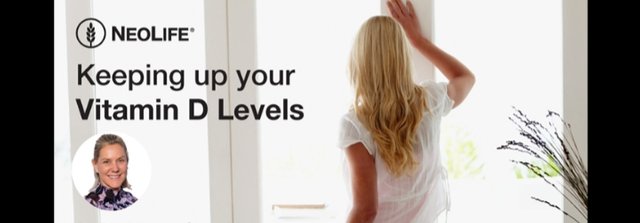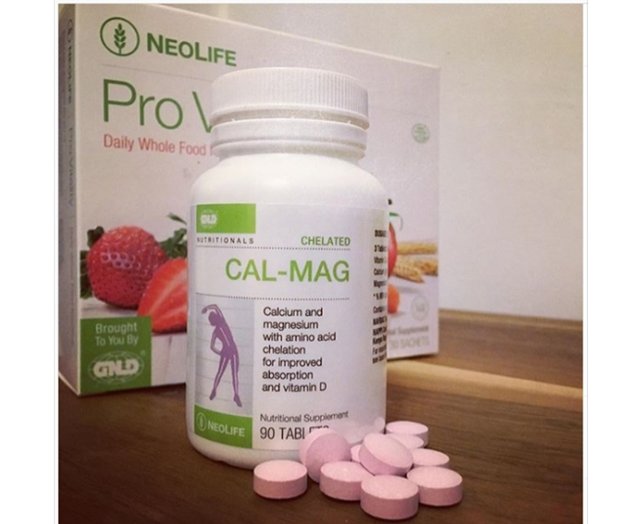CRITICAL info about vitamin D and COVID-19

The first randomized controlled trial on vitamin D and COVID-19 has been published.
The results are extraordinary.
In short, taking vitamin D virtually eliminated the risk of ICU admission—and may completely eliminate the risk of death—from COVID-19.
The full text of the study is available online, but here’s a brief summary:
In Spain, 76 patients with COVID-19 pneumonia were randomized into two groups.
Fifty received vitamin D supplements; 26 did not.
The doses were roughly equivalent to ~30,000 IU/day for the first week, and 7,600 IU/day until discharge, ICU admission, or death.
In the control group (that wasn’t taking vitamin D), 50 percent required ICU admission. In the vitamin D group, only 2 percent were admitted to the ICU!
In the control group, there were two deaths. In the vitamin D group, there were no deaths.
The findings for ICU admission were highly statistically significant, which means the chances that there is a true causal relationship between vitamin D and a reduced risk of ICU admission are very high.
The findings for deaths were not statistically significant, because (thankfully) the number of deaths in the study was too small. But given that ICU admissions were nearly abolished by vitamin D, it is likely that vitamin D also greatly reduces the risk of death from COVID-19.
These findings will need to be replicated before we can get too excited. But if that happens, they are truly game-changing. They suggest that maintaining adequate vitamin D levels should be a strong part of the public health messaging around protecting against COVID-19, and that therapeutic doses of vitamin D should be used in the treatment.
But what is an adequate level of vitamin D?
There’s still some controversy around this, but the weight of the research points to a minimum of 30 ng/mL and a possible maximum of 60 ng/mL.
With this in mind, here’s what I recommend for maintaining adequate vitamin D levels during the pandemic:
Get your 25D levels tested. If they are between 30 and 60 ng/mL, continue doing what you’ve been doing.
Please note, however, that we are now moving into fall/winter in the Northern Hemisphere, so you may need to increase your supplementation to maintain the same levels.Supplement if your levels are low.
The exact dose needed will vary depending on
A) how far below 30 ng/mL your levels are
B) your body weight and health status
C) status of nutritional cofactors like magnesium, calcium, vitamin K2, vitamin C, etc.
D) ethnicity and skin color
E) gut health/nutrient absorption, and more.
Since many of these factors are not easily knowable, most people can target a dose of ~4,000 to 8,000 IU/day. If your 25D levels are well below 30 ng/mL, and/or you are overweight or have other health conditions, aim for the higher end. If your levels are close to 30 ng/mL already, and/or you are lean and healthy, aim for the lower end. The overwhelming majority of studies have shown that there is no risk of taking up to 8,000 IU of vitamin D per day.
Consider a higher dose of vitamin D if you contract COVID-19. If you happen to contract COVID-19, consider taking a higher dose of vitamin D for a short period of time—especially if you don’t know what your D levels are, or if you know you’re deficient. In the study, the doses used during the first week of treatment were 106,400 IU on day 1, then 53,200 IU on days 3 and 7, then 7,600 IU per day thereafter.
Ensure adequate levels of cofactors like magnesium, vitamin C, calcium, and vitamin K2. Magnesium is especially important, and most people should aim for between 250 and 500 mg/d.
Worldwide, it's been determined that almost 50% of the population don't have the recommended daily. So a majority of people are below the average requirement for some basic essential vitamins and minerals. Which leaves a gap between diet and nutrition so the most simple, affordable, effective way virtually risk-free strategy that everyone should be taking to bridge the gap between diet and nutrition and to protect themselves and their families is supplementation.
